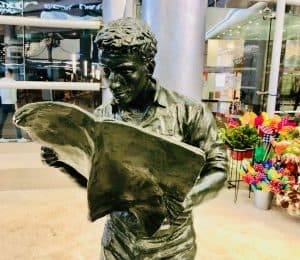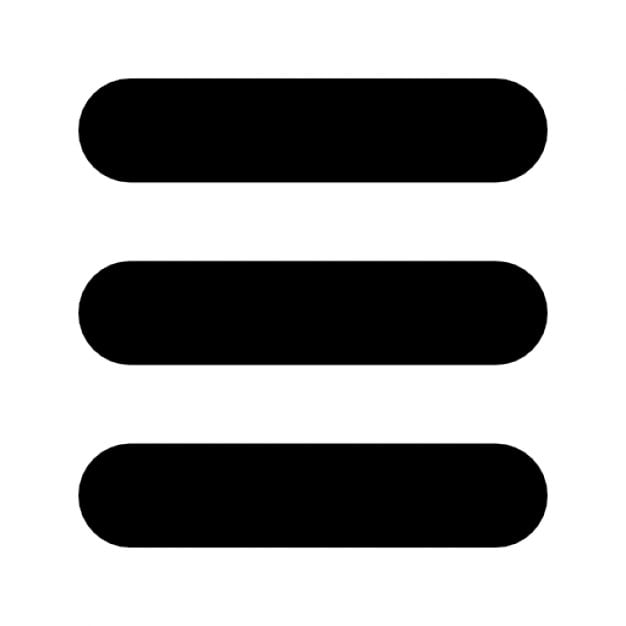 The team at IOHK, which supports the development of major blockchain platform Cardano (ADA), says that 2021 was the year robots, and “graffiti came to a decentralized, smarter Cardano.”
The team at IOHK, which supports the development of major blockchain platform Cardano (ADA), says that 2021 was the year robots, and “graffiti came to a decentralized, smarter Cardano.”
The update posted by IOHK noted that Beeple used to illustrate their write-ups, however, art NFTs made him a millionaire, and then AI and decentralized finance (DeFi) arrived.
Given the state of our “Covid-shocked” world back in January of last year, 2021 has had its “fair share of fun,” the update noted while adding that if 2020 was a huge year for Cardano with the upgrade from Byron to Shelley, this past year “was bigger still.”
Decentralized block production arrived. Meanwhile, all-digital “tokens went native, contracts turned smart – and there were some world firsts,” the developers claim.
As mentioned in the update, a hundred community stake pools “benefitted when IO Group set out its strategy for delegating its ADA funds in 2021.” All but one of the IOG public pools “were closed and the stake was moved to community operators, to the tune of three million ADA per pool.”
Throughout 2021, around 300 pools “benefited from the greater chance this gave them to mint blocks.” The blog post by IOHK also mentioned that over the year, the total number of pools running the network has “increased by half to about 3,000.”
As mentioned in the update:
“Then, IOG turned to encouraging developers and innovators with Project Catalyst. This experiment explores innovation and collaboration as the first stage in the Voltaire era of the Cardano roadmap. It involves investing actual ADA with an initial fund worth $250,000 backing 11 proposals. Since then, it has become the largest fund of its kind, with total funds allocated worth $8m.”
In February of last year, “fun came to the Cardano blockchain” when SingularityNet founder Ben Goertzel and Charles Hoskinson, IOG’s co-founder, got together to “explore the future of decentralization, artificial intelligence and social media.”
The update also noted that March saw IOG “bring out the ‘hard fork combinator’ again.” The blog post added that this may “sound like a piece of farm machinery, but it’s a clever way of taking the stress out of upgrading the blockchain.”
The Mary upgrade allowed Cardano to “become a multi-asset platform,” the update explained while noting that this means that “anyone can now mint their own tokens, including non-fungible tokens (NFTs) without even needing a smart contract.”
The update further noted that in Germany, a computer science student “thought he’d have some fun with the new capabilities of Cardano.”
Alessandro Konrad “switched from writing ‘boring’ smart contracts in Ethereum.” He launched his own stake pool with Berry NFTs “as rewards for people delegating to his pool.” Next up was SpaceBudz NFTs, which he “created with a pal.” In only a couple days, 10,000 of these “sold at 50 ada each – that’s one way to pay your way through university.”
Earlier last year, the CardanoWall arrived. This tool “helps people put messages on the blockchain as metadata,” the update explained. Messages range “across the spectrum of high and low culture, from the personal to the political, … the surreal to the mundane,” the blog from IOHK noted.
As mentioned in the update, the final day of March was “a landmark; it was D=0 Day.” This was when IOG “devolved block production totally to stake pool operators.” According to the developers, “full decentralization had arrived.”
The update further noted that Nervos, Nexo and Orion all “announced projects with Cardano in June, developments with the Daedalus full-node wallet were discussed, and chief scientist Aggelos Kiayias set out the thinking on stabilizing transaction fees by establishing a ‘peg’ to a basket of commodities or currencies.”
A few months later, development of the Djed stablecoin was announced.
The update further revealed:
“IOG teaming up with World Mobile in August to help bring cellular networks to some of the remotest regions of Africa … The mobile deal was followed by the European Business University of Luxembourg offering programming courses to African students.”
The update also noted:
“November saw Pool.pm’s count of the number of NFTs minted on Cardano pass the two million mark – and Andy Warhol came to the blockchain. Gallery owner Rudolf Budja launched a ‘fractionalized’ NFT sale so people could ‘own a piece of an Andy Warhol’.
The team at IOHK pointed out that December “brought the launch of the P2P testnet, a milestone in Cardano’s decentralization journey.” And then came the release of the Plutus application backend, which will “become a set of libraries to help speed development on Cardano.”
As confirmed in the update, the testnet for an ERC20 converter to switch SingularityNet’s internal AI token to Cardano attracted a lot of attention.
Various other projects also began to launch on Cardano, “from NFT marketplaces such as Tokhun, Cardahub and CNFT.io adding smart contract integration, to domain naming project Adahandle.” In late December 2021, an alliance was announced to “help speed it on its way through standardization and best practice in the shape of the Cardano DeFi Alliance.”
For more details on this extensive update, check here.

